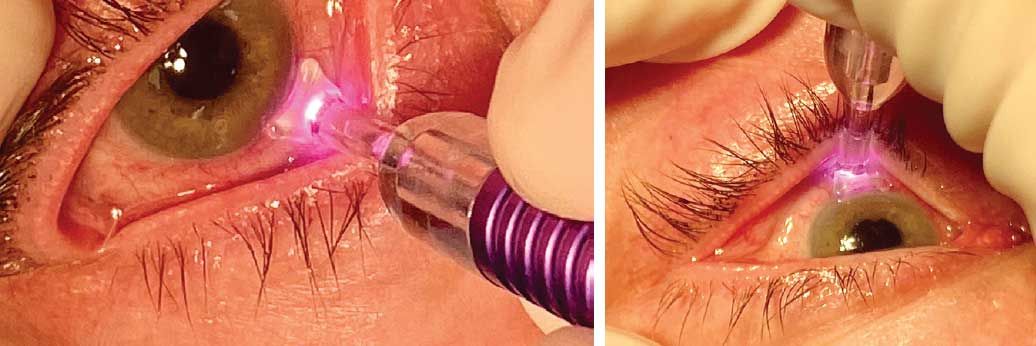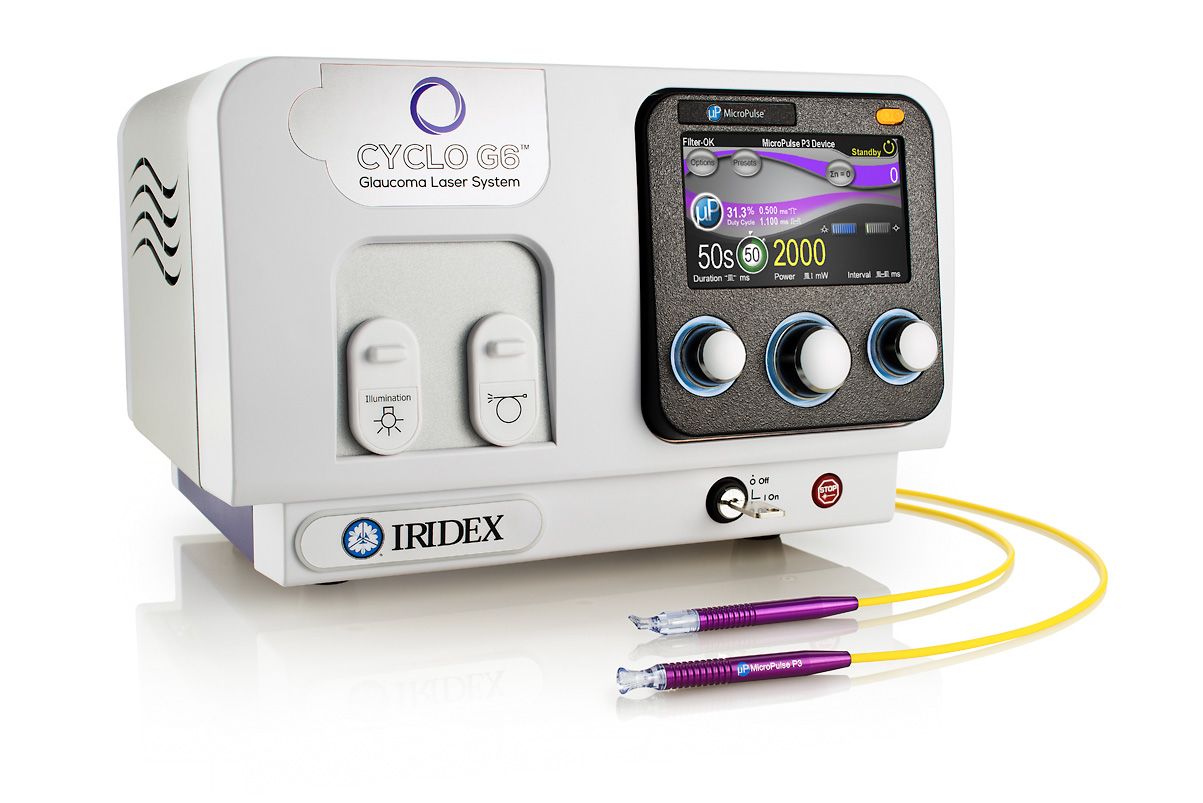It is asymptomatic in its early stages but gradually leads to the loss of peripheral vision. Glaucoma is the leading cause of irreversible blindness worldwide, affecting approximately 80 million people. Early screening and diagnosis are essential to initiate timely treatment and prevent severe vision loss.
Glaucoma is generally associated with elevated intraocular pressure (IOP), which damages the optic nerve fibres over time. Among the identified risk factors for its development and progression, elevated IOP is the only modifiable factor, which reinforces the importance of its adequate control.
There are several subtypes of glaucoma, with primary open-angle glaucoma being the most common. In all cases, the goal of treatment is to reduce IOP to halt disease progression and preserve the patient's remaining vision.
Until recently, treatment was primarily provided with hypotensive eye drops that lower IOP. While effective, these medications can cause ocular and systemic adverse effects and face long-term adherence issues. When eye drops are insufficient to control the disease, surgery (such as trabeculectomy) may be necessary.
Surgery is effective in reducing IOP, but it is invasive and carries significant risks, in addition to requiring a prolonged recovery.

In recent years, innovative laser treatment options have emerged that promise to circumvent some of the limitations of eye drops and traditional surgery. Two of these therapies are selective laser trabeculoplasty (SLT) and micro pulsed transscleral laser therapy (MP-TLT), which offer effective and safe solutions to halt disease progression at different stages. The HPA has these devices available at the HPA Institute in Montenegro, Faro, and are the only existing equipment in the Algarve.
SLT is a minimally invasive laser treatment applied to the anterior segment of the eye, specifically the trabecular meshwork. Unlike surgery, it does not involve incisions or tissue removal.
It is performed with the patient awake, under topical anaesthesia, using a special contact lens to direct the laser at the trabecular meshwork. The laser stimulates the trabecular meshwork to increase intraocular fluid drainage, leading to reduced pressure within the eye. The procedure is quick and painless, performed on an outpatient basis.
One of the great advantages of SLT is that it can be repeated if needed in the future and has an excellent safety profile.

MP-TLT uses a diode laser applied through the sclera to act on the ciliary body, reducing aqueous humour production and, consequently, IOP.
Unlike traditional cyclophotocoagulation, the Micro Pulse technique applies energy in short pulses interspersed with pauses, avoiding significant collateral tissue damage. The procedure is usually performed in the surgical centre under local anaesthesia, without incisions, on an outpatient basis.
MP-TLT can be used not only in refractory glaucoma but also in patients with moderate glaucoma and good visual acuity. It is important to emphasize that, by preserving ocular anatomy, MP-TLT keeps options open for future treatment if necessary. Recovery is rapid, and ocular discomfort is generally mild and transient.
The HPA Institute is currently the most advanced ophthalmology centre in the Algarve, both in terms of its innovative equipment and its specialized and distinguished clinical staff. Get to know us at https://www.grupohpa.com/en/units/clinics/instituto-hpa-montenegro-faro/











